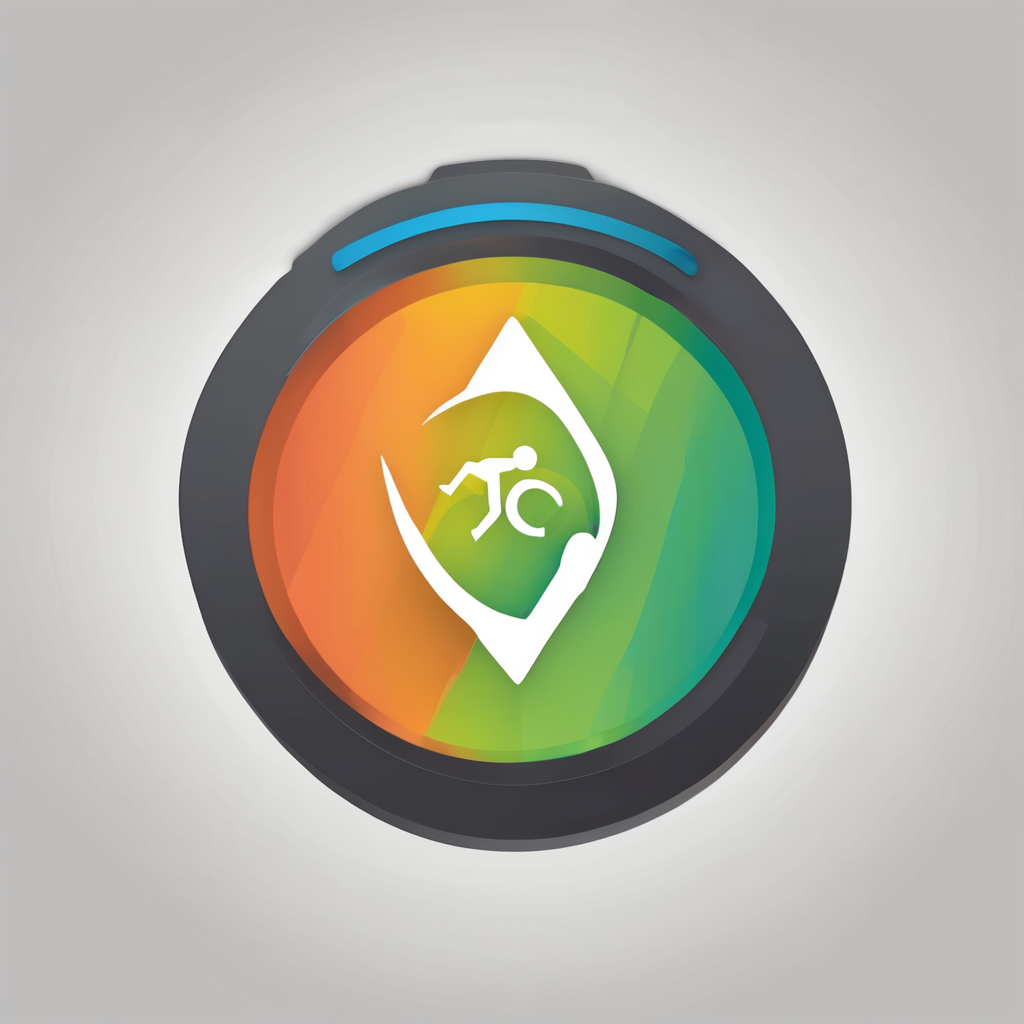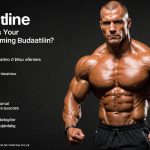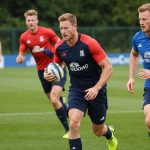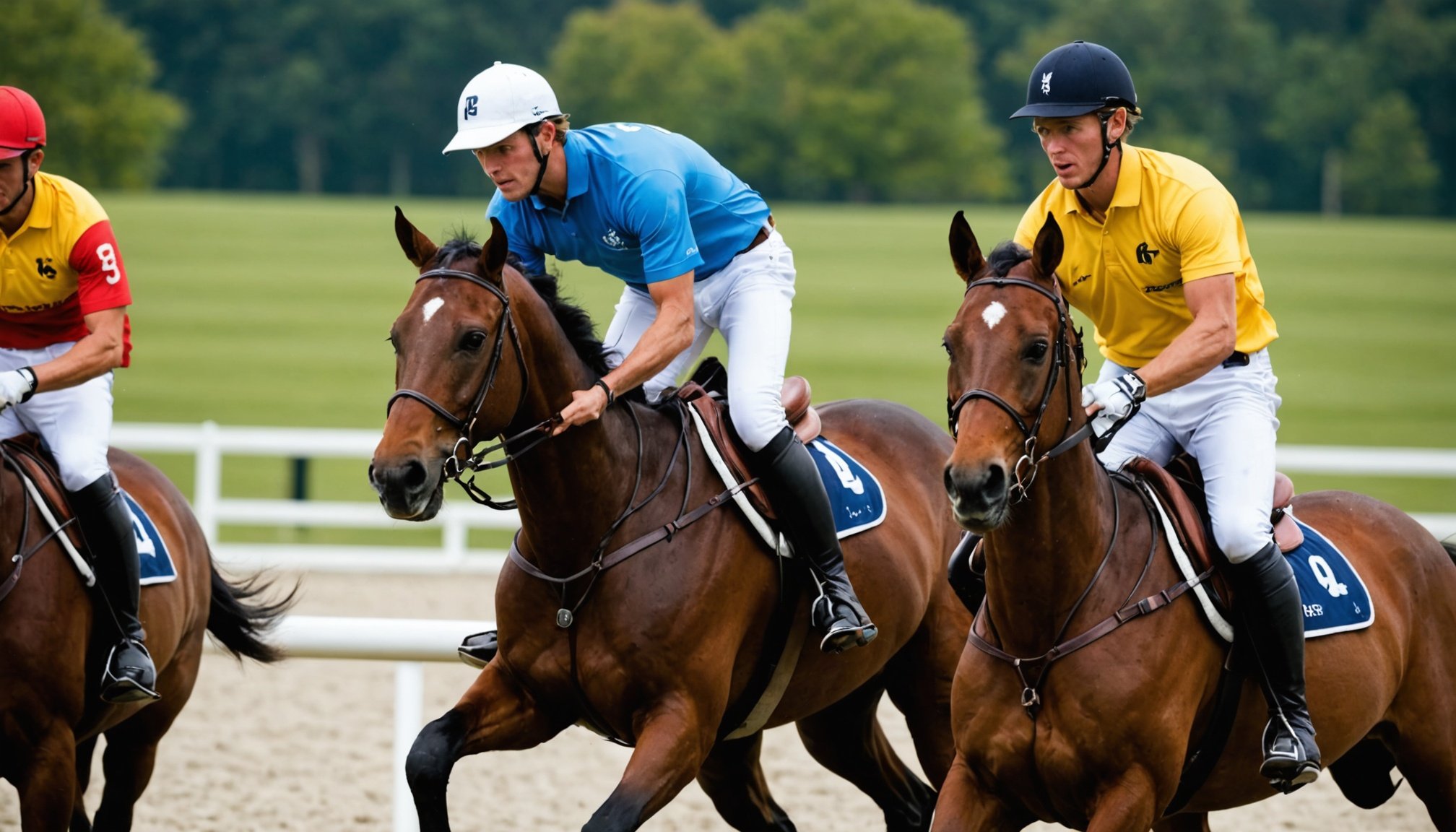Ultimate Post-Polo Recovery Strategies: Maximizing Athletic Performance after Competition
Understanding the Importance of Recovery in Sports
Recovery is a crucial aspect of any athletic regimen, particularly for high-intensity sports like polo. When athletes push their bodies to the limit, they incur physical stress that needs to be managed to prevent injuries, enhance performance, and maintain overall health. Here’s why recovery is not just an afterthought, but an integral part of the training cycle.
“Recovery is not just about resting; it’s about actively engaging in strategies that help your body repair and adapt,” says Dr. John Berardi, a renowned sports nutrition expert. This involves a combination of physical, nutritional, and mental recovery techniques.
Also to discover : Boost Your Table Tennis Game: Essential Exercises to Enhance Agility
Immediate Post-Exercise Recovery
The immediate post-exercise period is critical for setting the stage for effective recovery. Here are some key strategies to implement:
Cooling Down and Stretching
After a intense polo match, it’s essential to cool down with gentle exercises to gradually reduce heart rate and muscle tension. This can include light jogging, walking, or static stretches to improve flexibility and reduce muscle soreness.
Additional reading : Ultimate Guide to Caring for Lawn Bowls Gear: Tips for Peak Performance
Hydration and Electrolyte Balance
Proper hydration is vital for athletes. Drinking water or electrolyte-rich beverages helps replace lost fluids and electrolytes, which is crucial for maintaining physical performance and overall health. Aim to drink at least 16-20 ounces of fluid for every pound of body weight lost during exercise.
Nutrition for Recovery
Consuming the right nutrients post-exercise can significantly impact recovery. Here are some key nutritional components:
- Protein: Essential for muscle protein synthesis, aim for 15-30 grams of protein within 30-60 minutes after exercise. This helps in repairing and rebuilding muscle tissue.
- Carbohydrates: Important for replenishing glycogen stores. Aim for a mix of simple and complex carbohydrates.
- Healthy Fats: Support overall health and can aid in the absorption of vitamins.
### Sample Post-Exercise Meal
- 1 cup Greek yogurt (20 grams protein)
- 1 cup mixed berries (carbohydrates)
- 1 tablespoon almond butter (healthy fats)
- 1 scoop whey protein powder (additional protein)
Active Recovery Techniques
Active recovery involves engaging in low-intensity activities to promote blood flow and aid in the removal of waste products from the muscles. Here are some effective techniques:
Water Immersion
Water immersion, such as cold water therapy or contrast water therapy, is a popular recovery method among elite athletes. Cold water therapy can reduce inflammation and muscle soreness, while contrast water therapy alternates between hot and cold water to improve circulation.
Foam Rolling and Self-Myofascial Release
Using a foam roller or other tools for self-myofascial release can help reduce muscle stiffness and improve circulation. This is particularly beneficial for areas like the IT band, quadriceps, and hamstrings, which are heavily used in polo.
Light Cardio
Engaging in light cardio activities such as cycling, swimming, or jogging at a low intensity can help promote blood flow without exacerbating muscle fatigue.
Sleep Hygiene for Athletes
Sleep is a critical component of recovery, as it allows the body to repair and adapt to the physical demands of training and competition.
Establishing a Sleep Routine
- Go to bed and wake up at the same time every day, including weekends.
- Create a sleep-conducive environment: dark, quiet, and cool.
- Avoid caffeine, alcohol, and electronic screens before bedtime.
Sleep Duration
Aim for 7-9 hours of sleep each night. For athletes, additional sleep may be necessary to support recovery. For example, a study on Team USA athletes found that those who slept more than 9 hours per night had better performance and faster recovery times.
Advanced Recovery Techniques
For elite athletes, incorporating advanced recovery techniques can provide a competitive edge.
Heat Therapy
Heat therapy, such as using heat packs or warm baths, can increase blood flow and reduce muscle stiffness. This is particularly useful for athletes who have experienced muscle strains or other injuries.
Neurodynamics and Proprioception
Neurodynamics involves exercises that improve nerve mobility, while proprioception exercises enhance balance and body awareness. These can be particularly beneficial for polo players who need to maintain balance and coordination on horseback.
Biomechanical Analysis
Conducting a biomechanical analysis can help identify and correct any inefficiencies in movement patterns, reducing the risk of injury and improving overall performance.
Table: Comparing Recovery Techniques
| Recovery Technique | Benefits | Risks/Bias | Cost |
|---|---|---|---|
| Water Immersion | Reduces inflammation, muscle soreness | Hypothermia risk if not monitored | Low-Moderate |
| Foam Rolling | Improves circulation, reduces muscle stiffness | Potential for overuse injury | Low |
| Light Cardio | Promotes blood flow, aids in waste removal | Overexertion if intensity is too high | Low |
| Heat Therapy | Increases blood flow, reduces muscle stiffness | Burns or discomfort if not used correctly | Low-Moderate |
| Neurodynamics | Improves nerve mobility, reduces injury risk | Requires professional guidance | Moderate-High |
| Biomechanical Analysis | Identifies movement inefficiencies, improves performance | Requires specialized equipment and expertise | High |
Practical Insights and Actionable Advice
Create a Recovery Plan
Develop a personalized recovery plan that includes a mix of the techniques mentioned above. This plan should be tailored to your specific needs and the demands of your sport.
Monitor and Adjust
Regularly monitor your recovery progress and adjust your plan as necessary. This might involve seeking feedback from coaches, trainers, or healthcare professionals.
Stay Hydrated and Fueled
Maintain proper hydration and nutrition throughout the day, not just post-exercise. This ensures your body has the necessary resources to recover and adapt.
Prioritize Sleep
Make sleep a priority by establishing a consistent sleep routine and creating a sleep-conducive environment.
Recovery is not just a passive process; it is an active and multifaceted approach that requires careful planning and execution. By incorporating a range of recovery techniques, from immediate post-exercise nutrition to advanced methods like heat therapy and biomechanical analysis, athletes can maximize their athletic performance and maintain peak health.
As noted in a systematic review on the effectiveness of active recovery interventions, “athletes who engage in active recovery strategies tend to have better performance outcomes and reduced risk of injury”.
By understanding the importance of each recovery component and integrating them into your training regimen, you can ensure that you are always at your best, both on and off the polo field.






